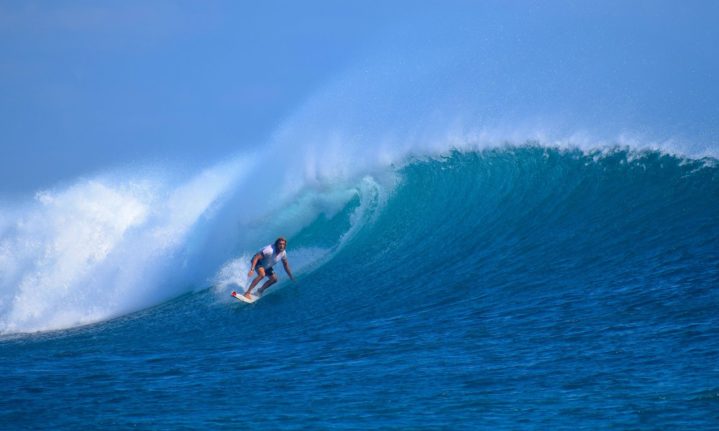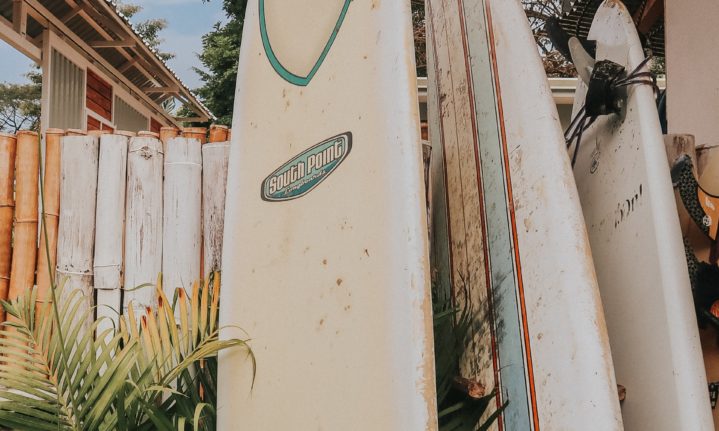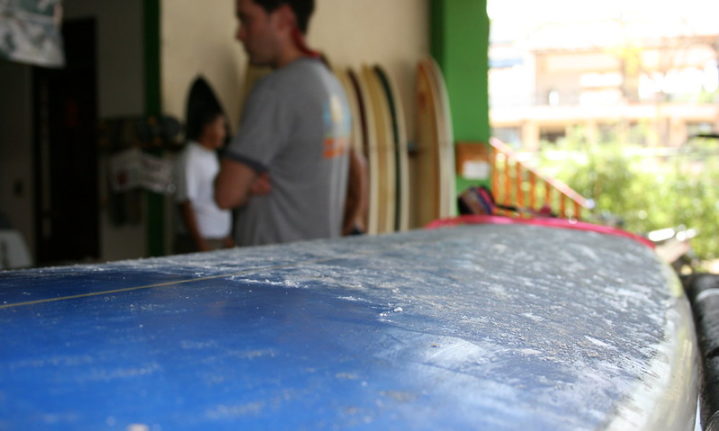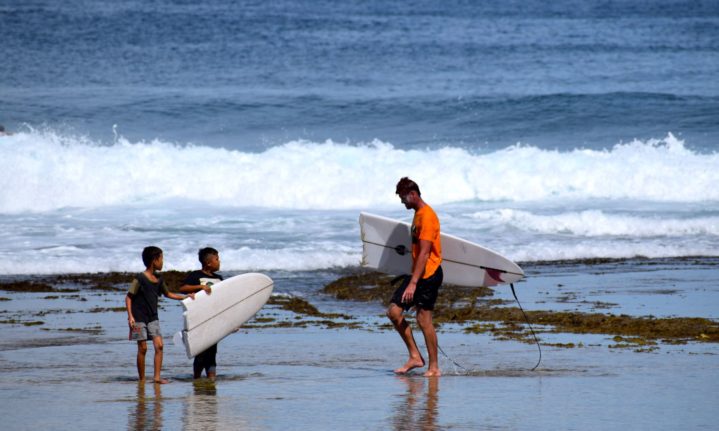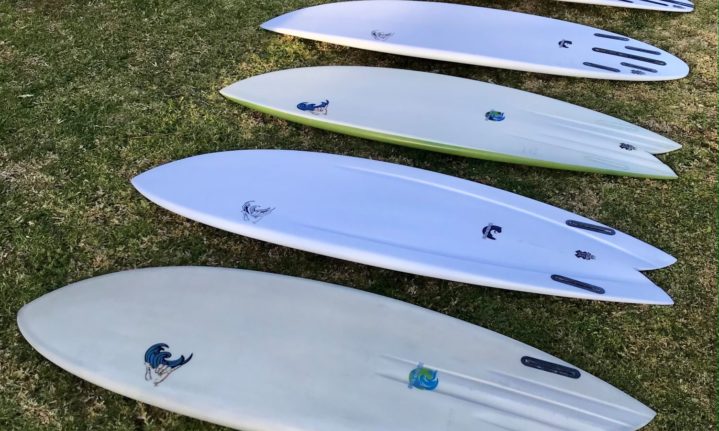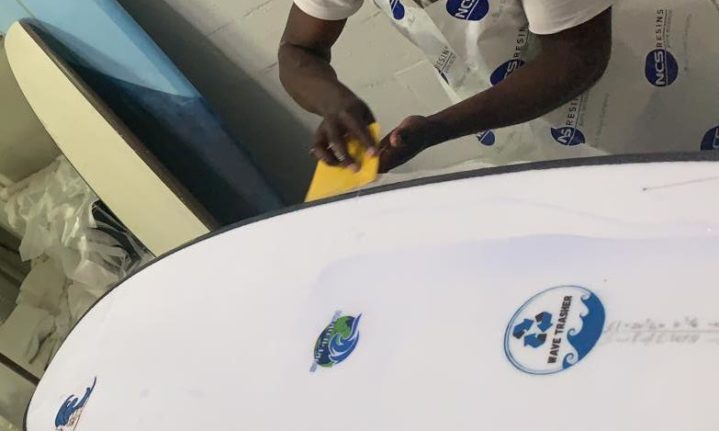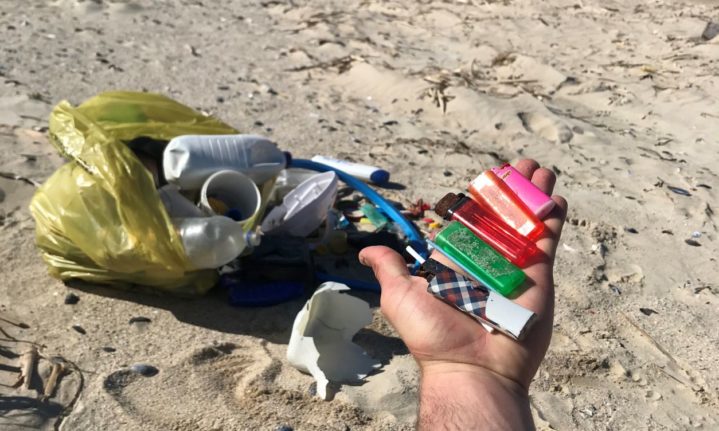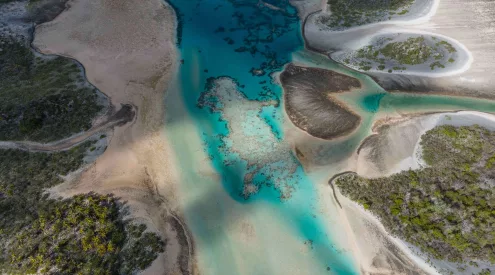At a recent event in Cape Town hosted by Oceaneers, an organisation that advocates for marine conservation and creating a sustainable future for South Africa’s marine ecosystems, I met Daniel Patrick, the founder of Surf4Earth and became intrigued by the environmental impact of surfing.
I, like a lot of other people I’m sure, did not know that surfing had any potential negative environmental impacts. But after sitting down and talking with Daniel, I learned that like everything else in life, it leaves a footprint.
The impact of surfboards

Credit: Cheyenne Doig/Unsplash
Surfboards primarily consist of a foam core, with layers of fibreglass cloth sealed with resin. One of the main construction methods used for surfboards is Polyurethane (PU). These surfboards are made from petrochemical by-products which are notoriously known for their environmental implications, such as air pollution resulting from toxic emissions.
Moreover, PU blanks are not recyclable, renewable, or biodegradable. The polyester resin used to seal surfboards are the cheapest type of resin, but also the most toxic. Inhaling fumes from these resins cause respiratory problems and skin and eye irritation. This resin also has water contaminating chemical properties.
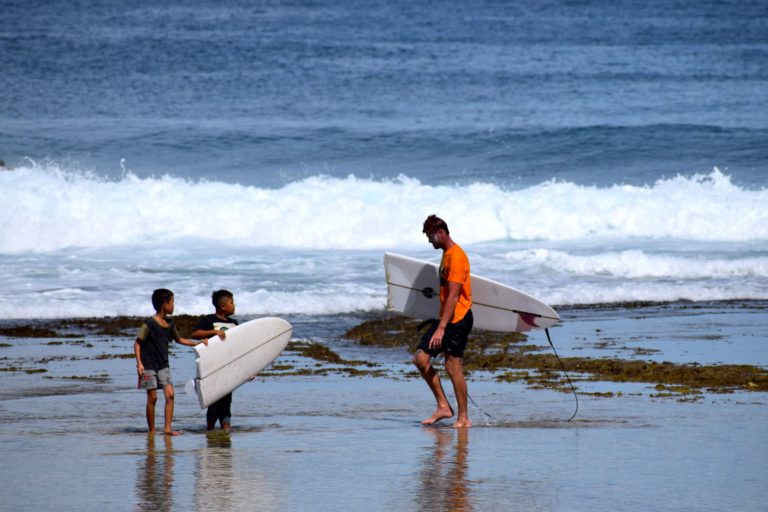
Surf4Earth picking up broken surfboards
A surfboard has an average lifespan of two to five years, depending on quality and usage. Surfboards can break very often, and these pieces float out to sea where they are exposed to weather elements. Over time, the surfboard pieces will break down into smaller fragments, and it is during this process where bio-hazardous chemicals are released into the ocean at a rapid rate. As most surfers do not repair their surfboards in the event they snap in half, they end up in landfills.
This presents significant problems, as these harmful components then have nowhere to go except into the soils and surrounding water networks.
The impact of wetsuits
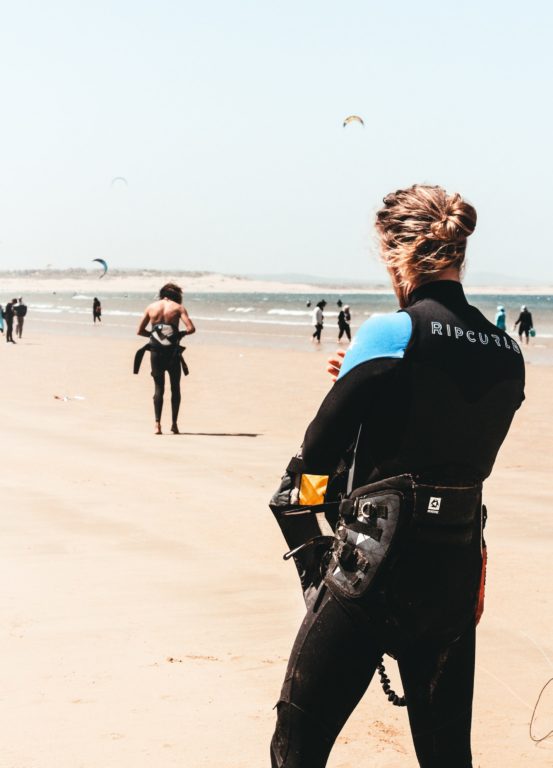
Credit: Louis Hansel/Unsplash
Wetsuits are primarily made from neoprene; a rubber made from petroleum-based by-products. What’s more, is that neoprene is also a toxic substance to humans, resulting in many allergic reactions from neoprene-based wetsuit users.
The impact of surf wax
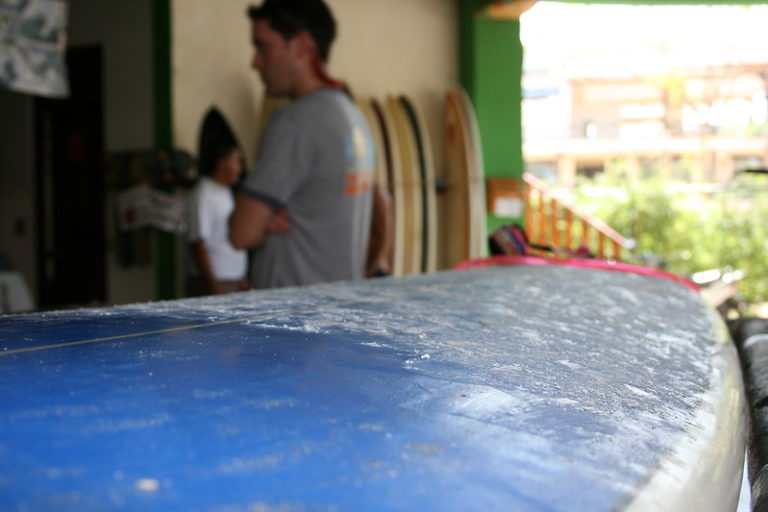
Credit: supercake/Flickr Commons
Surf wax is used to create traction and grip on surfboards. They are also petroleum by-products. These waxes are applied to the surfboard every session. They contain various bio-hazardous chemicals which get released into the water when surfing, potentially harming marine life both on a micro and macro level.
The impact of surfing
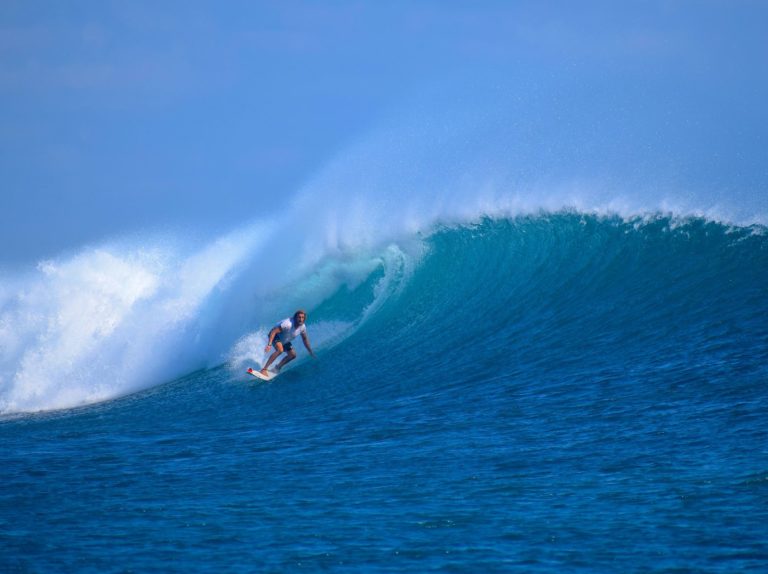
Whilst the act of surfing is generally not damaging to marine ecosystems and the environment, the exception is when people surf in tropical locations with reef breaks. The act of walking over the reefs to reach the waves damage the marine organisms and microorganisms that inhabitant the reefs.
Eco-friendly alternatives
Thankfully, eco-friendly alternatives to surfboards, wetsuits, and surf wax are available. Expanded polystyrene (EPS) surfboards are similar in construction, in the sense that they have a foam core covered in fibreglass cloth with a resin seal. Only, in these surfboards, the foam core is made from EPS and sealed using epoxy resin. Whilst these materials are not pollution-free, they are the lesser evil because they are less hazardous in both the production process and in the final product.
Similarly, there are eco-friendly wet suits made from yulex; a plant-based rubber. Eco-friendly surf wax options consist of beeswax and other bio compounds.
Surf4Earth
After Daniel had received his education in nature conservation, he moved to Cape Town where he fell in love with surfing. This is where he realized how toxic the surfing industry is:
‘I realised that I couldn’t support the existing surf industry because of my newfound understanding of how many environmental implications the production of surfboards, surf waxes and wetsuits had on the environment. I decided that if I was to continue with my practice and passion for surfing, I had to create more sustainable options and alternatives that would allow myself, and others, to enjoy the pleasure of surfing without creating large negative environmental implications.’
And thus, Surf4Earth was born: ‘Surf4Earth was created to supply the surfing community and industry in South Africa with locally produced sustainable surfing solutions so that we can create a sustainable surfing future in South Africa where we protect and conserve our oceans through the joy of surfing.’
At present, Surf4Earth has a range of locally produced EPS eco surfboards which has been approved by Sustainsurf; the international governing body for sustainable surfboard production. These surfboards are made using the world’s first biodegradable EPS bio-foam blanks, hemp and basalt cloth, and a plant-based epoxy resin. All these materials are almost completely biodegradable and are non-toxic to either the surfboard shaper or the marine life.
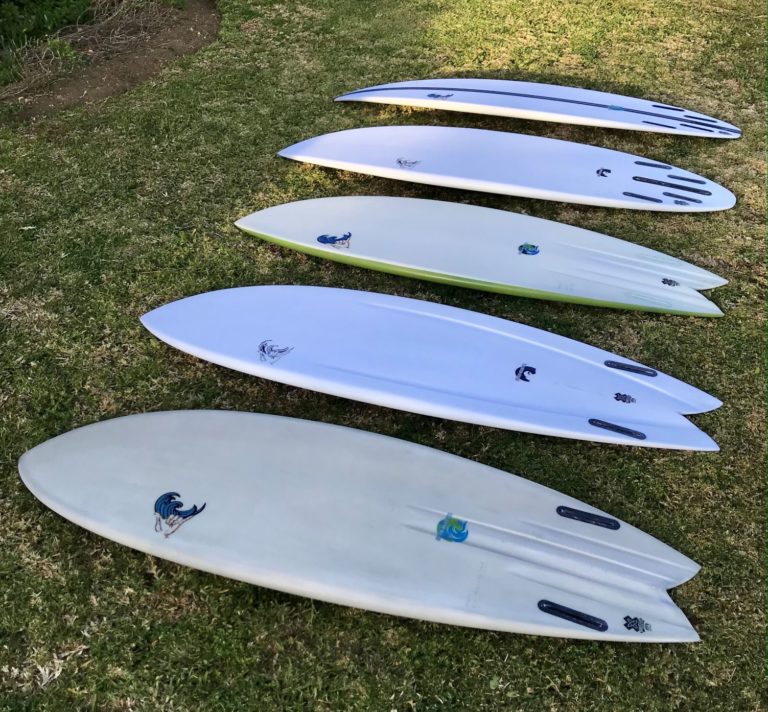
Surf4Earth’s eco-friendly surfboards
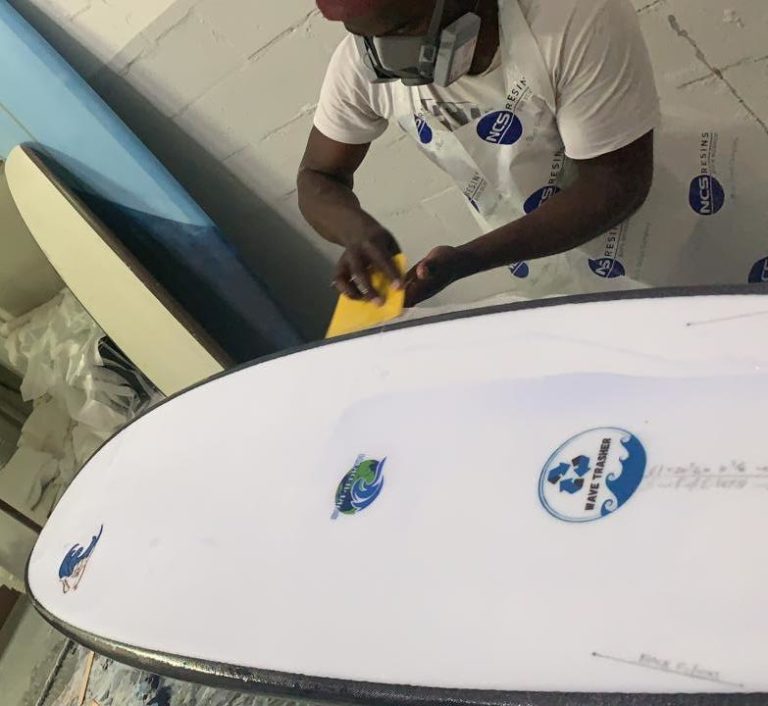
Surf4Earth sealing boards with plant-based epoxy resin
Surf4Earth will be introducing a new range next year, which consists of new eco-friendly surfboards, eco-friendly traction pads, and eco-friendly surf wax. The goal is to have surfboards that can be recycled or composted in a manner that does not harm the environment. These surfboards will also be designed to last longer than your average surfboard.
In addition, Surf4Earth has a carbon emission offset program in which at least 10 spekboom shrubs are planted for every surfboard produced. Partnered with various conservation initiatives and outreach organisations, Surf4Earth also hosts various workshops which teach attendees about sustainability and offers therapeutic benefits all in the same breath.
Daniel urges all surfers to take responsibility and help create a sustainable future for the health of our marine ecosystems, by asking these simple questions: ‘Is the equipment locally produced or is it imported? Are the materials used to create these products environmentally harmful in any way? If my surfboard breaks and ends up in the ocean or in a landfill, is it going to create harm to the surrounding natural environment?’
Pictures: Supplied
ALSO READ
Darting as a tool to rescuing seals in distress: Here’s how it works









